COME CONTRASTARE L'ACIDO URICO E L'INSUFFICIENZA RENALE
LETTERAOTTIMO STATO DI SALUTE ANCHE SE LA CREATININA RIMANE INCHIODATA A 3.9
Buona sera dott. Vaccaro, mi permetto di disturbarla ancora una volta, sono Liliana, quella col marito affetto da insufficienza renale cronica. Ancora una volta ho bisogno dei suoi preziosi consigli.
Dopo 4 mesi abbiamo rifatto le analisi. Da un anno pratichiamo la sua dieta.
Mio marito sta molto bene, ha più forza e voglia di fare, anche se la creatinina resta inchiodata a 3.9, essendo comunque ferma da 2 anni, ma il problema è un altro.
UN INESPLICABILE INCREMENTO DELL'ACIDO URICO
Ho impiegato molto tempo per convincere mio marito a non assumere più farmaci, calcitriolo, ziloric, vitamine sintetiche, confidando nella sola dieta di frutta, verdura, pasta, pane, cereali e semini.
Da 6 mesi non prende più niente, ma le ultime analisi hanno rivelato ciononostante un balzo enorme dell'acido urico, da 7.0 a 9.3.
Ci siamo rimasti molto male. So che l'acido urico rovina i reni e mi chiedo dove lo va mai a trovare, tanto nuovo acido urico, con il tipo di alimentazione che pratichiamo.
NON POSSO MORTIFICARE ULTERIORMENTE LA NOSTRA DIETA
Guardando su internet ho visto che il latte di cereali, noi usiamo quello di riso, è molto acidificante.
Così pure i cereali integrali, pane compreso. Ma onestamente non credo sia questo.
Che debbo fare? Ho paura di ridurre troppo la dieta, che diventerebbe troppo mortificante.
Già in un anno non ci siamo concessi nemmeno una pizza, solo una fetta di torta a natale o a qualche compleanno.
Forse va bene il latte di mandorle? Il miglio ho letto che non è acidificante, e proverò a farci il pane.
Ma cosa posso dargli perché questo acido urico venga eliminato? C'è qualche rimedio naturale che aiuta?
Attualmente prende l'infuso di malva. Mi aiuti dr Valdo, tutti i miei sforzi a volte mi sembrano inutili.
Le sue parole mi danno forza e voglia di non arrendermi. Cari saluti.
Liliana
*****
RISPOSTA
ASCOLTIAMO DI PIU' IL CORPO E MOLTO DI MENO I VALORI DIAGNOSTICI
Ciao Liliana, una prima cosa che mi preme osservare è la mole di attenzione che continuate a dare ai controlli strumentali della vostra salute, trascurando cose molto più importanti, quali la pulizia della lingua e dell'alito, il battito cardiaco misurato al polso, le sensazioni di forza e di benessere che il corpo, inascoltato, vi continua suo malgrado a dare. L'ho detto e ripetuto che tali controlli e tali dati diagnostici sono bel lungi dall'essere un fai-da-te, e vanno considerati di stretta competenza medica. Presi e giudicati uno per uno non hanno comunque alcun valore, e provocano anzi ansie inutili, oltre che pericolose deviazioni di percorso.
CREATININA ALTA SIGNIFICA MATERIALE AZOTATO DA SMALTIRE
Se la creatinina sta inchiodata da 2 anni alla quota 3.9, nonostante il cambio dieta, significa che quello è il suo giusto valore costituzionale per il corpo attuale di tuo marito.
Ricordo che i valori di riferimento dell'esame sierico sono 0,6-1,2 mg/dL, con valore predittivo medio, e che i valori alti vengono determinati da insufficienza renale acuta o cronica, da ostruzione vie urinarie (prostatiti), da ipertiroidismo, da assunzione di carne, da assunzione di vitamina C sintetica.
IL GRAVISSIMO DIFETTO DI TUTTE LE MISURAZIONI
Una seconda considerazione da fare, importantissima, e da voi sempre trascurata (dico voi riferendomi non solo a te ma al pubblico in generale), è l'effetto eliminativo causato dal repentino e radicale miglioramento della dieta.
Siete bravi a fare i sacrifici e a trovare il bandolo della matassa, a livello alimentare, ma continuate a perdervi in un bicchiere d'acqua nella fase successiva. Continuate a non capire e a non considerare le espulsioni dei veleni che avete accumulato per anni.
Tutti i test del sangue, del siero e delle urine hanno un gravissimo difetto. Ti dicono il materiale rilevato, ma non ti dicono la sua provenienza, se dalla fase nutrizionale o dalla fase demolitiva-disgregativa-eliminativa.
SISTEMA IMMUNITARIO E NATURA-MEDICATRICE-DI-TUTTI-I-MALI SONO LA STESSA COSA
Il sistema immunitario lavora con grande intelligenza e delicatezza. Non va mai contro se stesso. E' strumento infallibile di quella Natura-Sovrana-Medicatrice-Di-Tutti-I-Mali, che Ippocrate ci ha insegnato a rispettare e stimare, e che i suoi indegni e demenziali allievi medici vorrebbero demonizzare, trasformandola in causatrice di malattie-autoimmuni.
Il sistema immunitario viene rimesso in funzione dalla vostra virtuosità, dal fatto che non consumate più porcherie animal-proteiche, non vi intasate di caseina, di nicotina, di theina e di caffeina, e non fate più sciocche ed irresponsabili vaccinazioni.
Il sistema immunitario disgrega e chela finalmente i veleni interni, incluse le creatine, inclusi i micidiali cristalli aghiformi di acido urico, piantati negli arti e nelle giunture. Ma questo non basta. Lo deve fare piano piano per non avvelenare eccessivamente il sangue in fase di toxi-espulsione.
E deve usare il sistema linfatico prima, e il sangue poi, per mandar fuori tali tossine. E il sangue dove va a scaricarle? Nei sistemi escretivi o emuntori, che sono i reni, i polmoni, il derma e l'intestino.
ODDIO IL FERRO BASSO! ODDIO LA CREATININA ALTA!
Il processo di avvelenamento è durato 20-30-50 anni a seconda dei casi, eppure pretendereste che con pochi mesi di succhi di carota e di deliziosi piatti di insalatina, tutte le porcherie interne scomparissero all'istante, come toccate dalla bacchetta magica della maga Circe.
La vostra patologica voglia di verificare strumentalmente i valori, vi porta, in pericolosa combutta e collusione con gli stessi medici, a continue esclamazioni di spavento. Oddio il ferro basso! Oddio la creatinina alta! Oddio il colesterolo che mi frega! Oddio l'acido urico che arriva non so da dove!
Il bello è che né voi, né tantomeno i medici che vi assistono impropriamente (perché mai nessuno si è preso la briga di prepararli come si deve), state capendo un cazzo di tutta la questione! Ecco allora il ritorno all'ansia, al rimedio, al farmaco, all'integratore. Smettiamola una buona volta con queste scenette da teatro tragicomico e cominciamo a usare la materia grigia o nigra del cervello.
PAOLO BONOLIS, IL GRANA E LA GRANA
L'acido urico è una sostanza estremamente tossica che si accumula nell'organismo per eccesso di albumine (purine) provenienti dalle carni, dal pesce, dalle uova, dai legumi secchi, dal caffè e dai formaggi stagionati, specie dal grana che il pur simpatico e ultra-bravo Paolo Bonolis sta promuovendo in questi giorni a pieno ritmo in televisione, mentre non dovrebbe farlo, e non avrebbe bisogno di farlo, nonostante sia risaputo come il pessimo e urico-causante grana porti tanta grana e come, al contrario, le ottime e urico-disgreganti arance portino al massimo le grane.
BOMBE AD OROLOGERIA DENTRO IL CORPO
I 28 grammi di acido urico contenuti in un kg di carne, di pesce, di grana, sono una bomba ad orologeria che si trasforma ben presto in dolori artritici, in arteriosclerosi, in angina pectoris, in dialisi renale, in epatiti, in pancreatiti, in uretriti, in fibromialgie, in emicranie, in reumatismi, in gotta ed in artriti.
L'acido urico è un nemico numero uno, anche perché l'uomo, essendo inequivocabilmente fruttariano e anti-carnivoro, non è dotato, come i canidi e i felini, di enzimi uricasi adatti a disgregare tale veleno, per cui l'acido urico pesca il calcio, il magnesio, il boro, il sodio e il potassio, e va a costruirsi i suoi bravi aculei di urato di calcio, urato di magnesio e urato di sodio.
IPER-URICEMIA ALLE STELLE GRAZIE A COCA-COLA E MCDONALD'S
L'iper-uricemia è una vera e propria intossicazione del sangue. Avere un sangue iper-uricemico significa avere un sangue denso, e carico di porcherie, visto che un veleno tira l'altro come le ciliegie.
Normalmente, e mi riferisco ai dati della FDA (Federal Drug Administration) che usa statistiche prese tra gente carnivora e poco virtuosa, l'acido urico è presente con 40-50 mg/per litro di sangue per persona.
Allorché il tasso uremico delle sostanze azotate, od urea, sorpassa lo 0,30-0,40 per litro di sangue, si ha l'iperuricemia.
Dopo i 40 anni di età, oltre il 30% delle persone ne erano colpite 20 anni fa. Coi tempi attuali, caratterizzati dal caffè, dal the, dal Redbull, dalla Coca-Cola facile, dai McDonald's e dalle vitamine sintetiche, si può benissimo pensare che una persona su due cada in queste statistiche significanti gotta e acido urico nei tessuti.
CI SONO NEFROPATIE SIA NEI VALORI ALTI CHE NEI VALORI BASSI
Uno dei manuali ultimi di diagnostica e terapia medica parla di "livello urati nelle urine delle 24 ore", con validità predittiva media, dove una quota di urati maggiore di 600 mg/die significa gotta da iperproduzione di urati, mentre una quota inferiore significa gotta da ipoproduzione di urati, e significa pure possibili nefropatie.
Andiamoci pertanto piano nel valutare negativamente la presenza di acido urico nelle urine, che può voler dire scarsa funzionalità dei reni a mandar fuori l'acido urico accumulato.
POSSIBILI CAUSE DI IPERURICEMIA
Solitamente, il test per l'acido urico sierico (uricemia) non viene richiesto, salvo che il paziente non sia affetto da gotta evidente, o non sia sottoposto a trattamenti chemio-radioterapici durante i quali l'acido urico può alzarsi pericolosamente (per l'autodistruzione cellulare di acidi nucleici Dna e Rna).
Cause di elevati livelli di acido urico nel sangue (iperuricemia) possono essere errori del metabolismo delle purine (la purina è struttura-base dell'acido urico), o diminuzione dell'escrezione di acido urico in corso di malattie renali croniche, o acidosi, o alcolismo. Ma attenzione al fatto che bassi livelli di acido urico nel siero si possono riscontrare in caso di malattie croniche renali, epatopatie gravi, anemie, neoplasie, per cui, ribadisco il concetto, ci vuole molta prudenza e circospezione nell'interpretare questi dati.
COS'E' L'ACIDO URICO E DA DOVE ARRIVA
L'acido urico è componente normale delle urine dei mangiatori di cadaveri o degli ex-mangiatori di cadaveri, in quanto prodotto finale del metabolismo degli acidi nucleici (Dna e Rna) derivanti da carne, pesce, fegato, animelle (timo e pancreas di bue o di maiale), e dei corpi purinici del caffè, del the, del cacao e degli spinaci.
Quando si eleva nel sangue dà dolori ai muscoli ed alle articolazioni, nonché dolori alla nuca specie di mattina, fa vedere le mosche volanti, causa vomito, vertigini, svenimenti.
Può arrivare dalla immissione di acido urico (alimentazione), ma anche dalla emissione di vecchio acido urico chelato dagli urati accumulati nel corpo (eliminazione).
LIMONI, ARANCE, FRAGOLE E CILIEGIE
Come fare per abbassare l'acido urico nel sistema? Il limone e tutti gli agrumi, meglio se presi di buon mattino, fanno abbassare l'acido urico nel sangue. Le fragole sono pure ottime e andrebbero consumate in abbondanza, al ritmo di 200-500 grammi al giorno, come del resto le ciliegie, che si dovrebbero consumare in stagione a chili e non a etti. Niente male il mirtillo, il melo e il melograno.
Quanto a infusi, estratti e vini aromatici, ottimi risultati si ottengono con i peduncoli di ciliegia, la cipolla, la bardana, l'equiseto, il sambuco e la piantaggine.
L'IMPORTANZA FONDAMENTALE DELL'ESERCIZIO E DELLA CIRCOLAZIONE
Ma quello che fa meglio di tutto è l'esercizio fisico, spirituale, mentale, sessuale.
Una persona viva non può permettersi di sclerotizzarsi e di trascurare le sue varie funzioni. Le deve al contrario vivificare,
ma non certo col caffè, le carni, lo zucchero, il sale e la stimolazione chimica delle megadosi di C.
Le deve vivificare con la respirazione, l'assorbimento solare, il cibo vivo, le motivazioni e l'esercizio fisico.
Il sangue svolge un ruolo ripulente straordinariamente importante. Si sono fatti dei test di confronto tra atleti e lavoratori di tipo sedentario, dove i primi hanno dimostrato che il sangue scorre nei loro muscoli 4 volte di più dei secondi, dunque con un flusso del 400% maggiore.
L'esercizio è indispensabile per una buona circolazione del sangue. Il sangue, nel suo fluire agisce da scopa e ripulisce i muscoli dall'acido urico e dall'acido lattico, impedendo che tali veleni penetrino nei tessuti. L'attività fisica, ed in particolare quella aerobica, permette di bruciare gli eccessi di tossiemia presenti nel sistema.
DINAMIZZARE IL SISTEMA LINFATICO
Le ghiandole linfatiche devono funzionare 24 ore al giorno per eliminare le tossine che auto-produciamo e per spostare i nuovi nutrienti da un'area all'altra del corpo.
L'esercizio fisico è il solo modo possibile per smuovere la linfa. Il sangue ha a sua esclusiva disposizione una pompa chiamata cuore, mentre il sistema linfatico no. Il sangue dà sicuramente una mano a spingere, ma non è sufficiente.
L'esercizio psicofisico è dunque imperativo per dinamizzare la linfa.
Ho scritto importanti tesine sull'argomento, come "Reuma, lupus, connettivite e sistema linfatico pulito" dell'1/7/11, e "Pigrizia linfatica, malattie autoimmuni e sovrappeso", del 31/8/11, e penso meriterebbero una rilettura.
Valdo Vaccaro




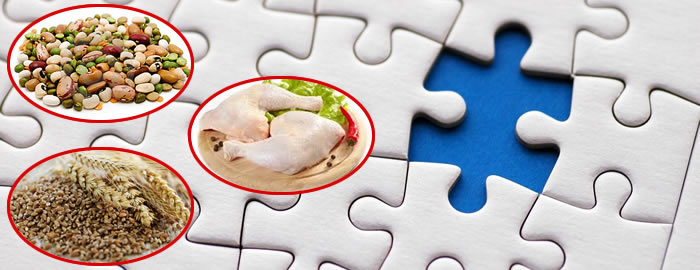
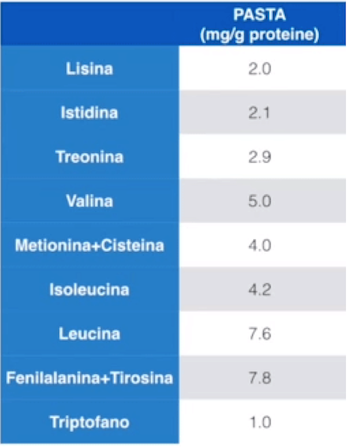
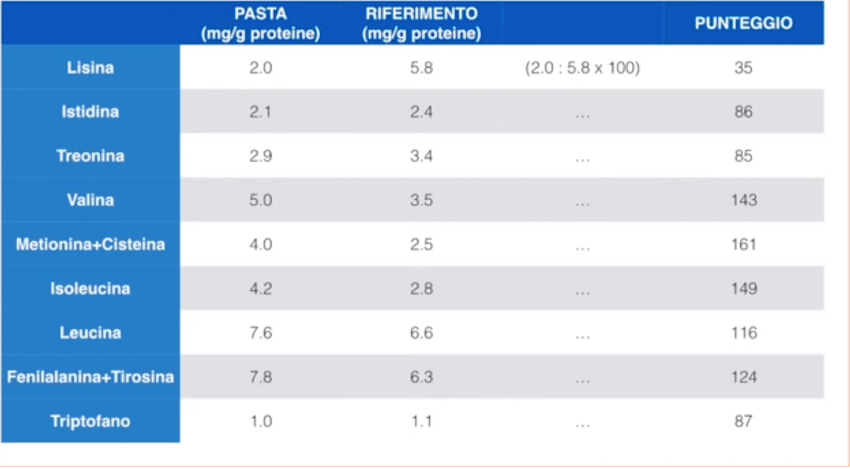
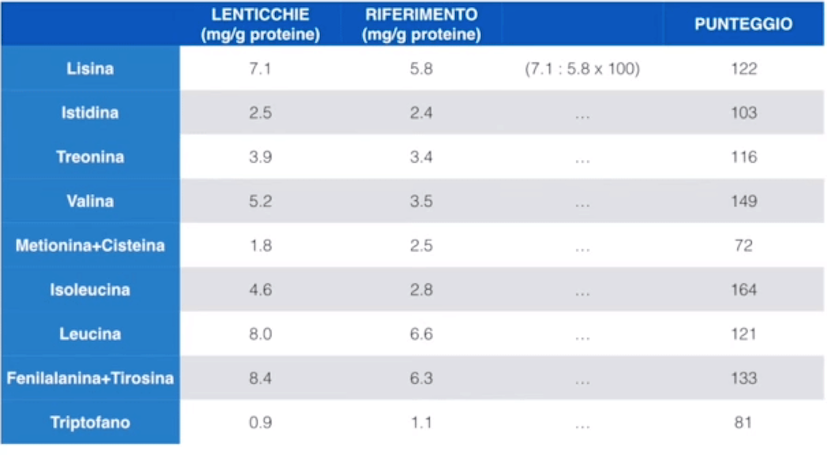
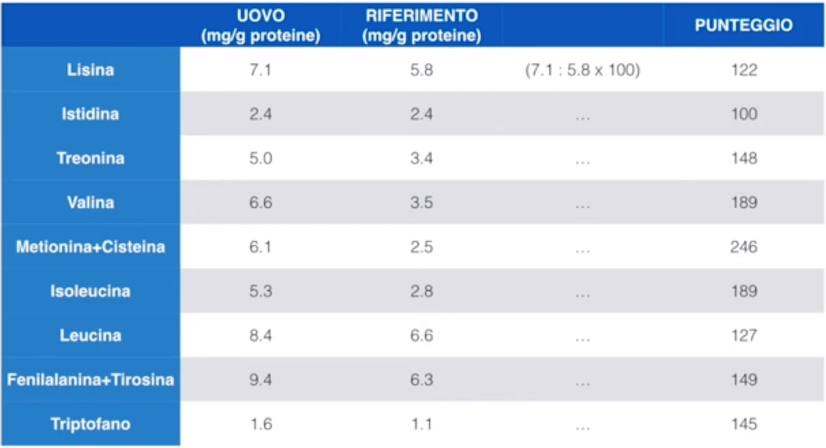
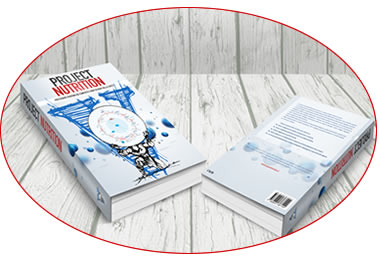
.jpg)









